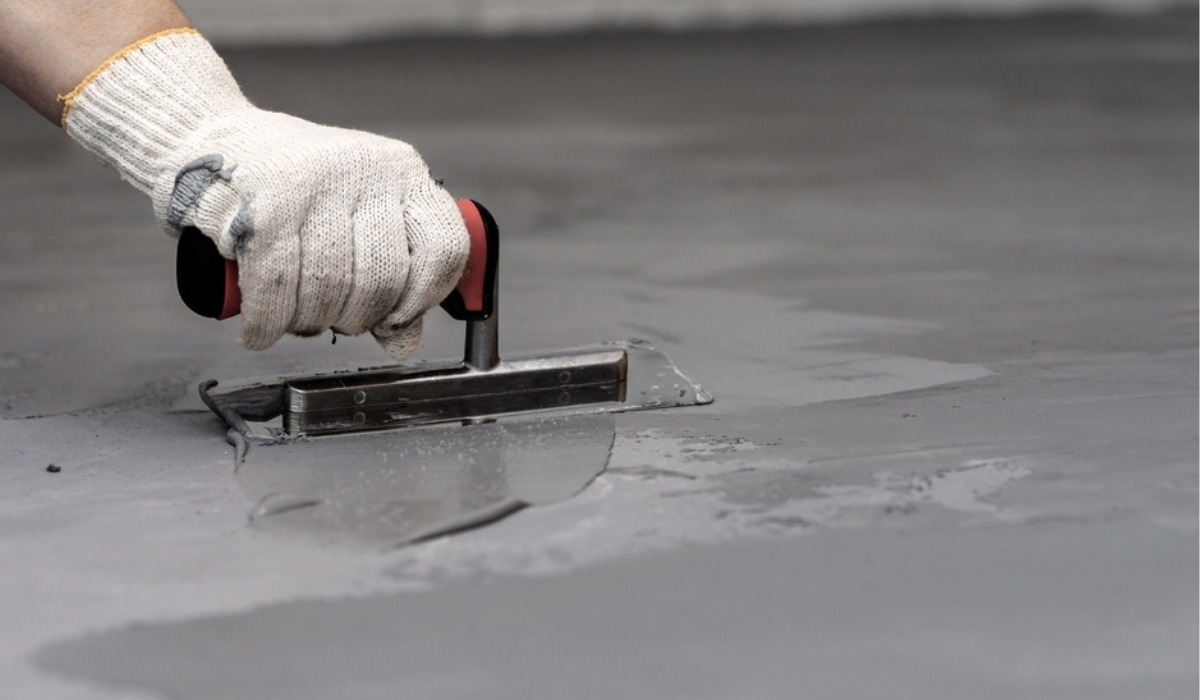Concrete is one of the world’s most commonly used materials, yet many aspects about its composition remain hidden to those unfamiliar with its existence.
Strength
Concrete is a durable building material used in various projects from foundations, walls, patios and stairs to foundation repair. To measure its strength in a lab test setting using pounds per square inch (psi), with higher numbers indicating stronger concrete.
Attributes that impact concrete strength include mixing time, water content and use of admixtures designed to increase its strength but which may also alter other properties like workability and finishing.
For proper concrete testing, it is crucial that a calibrated sensor be provided by your concrete producer. Doing so will save time and ensure your concrete meets its appropriate strength requirement for your project while helping prevent costly mistakes caused by improper water testing methods.
Concrete slabs Melbourne consists of cement, aggregates and water. Cement binds together these ingredients and forms calcium silica hydrate – giving concrete its strength – while aggregates may include sand and small rocks.
Durability
Concrete is an affordable material suitable for foundation construction and environmental conditions, yet it must be understood as it has certain limitations before use. Failure to do so could result in expensive repairs and replacements as well as contributing to air pollution through production of replacement building materials.
Different environments demand different degrees of durability for concretes. For instance, concrete exposed to tidal seawater must meet different specifications than indoor floors. ACI 318-19 establishes durability requirements based on categories and classes exposure that ultimately impact mixture proportions, type of cement used and cementitious material types used as well as any chemical admixtures such as air-entrainment admixtures used in their composition.
Concrete structures will gradually crack and curl over time; this does not reflect poorly on their design or construction quality, as this is part of concrete’s natural expansion and contraction cycle.
Flexibility
Concrete is an adaptable material that can be used for multiple purposes in both homes and businesses. You can mold it to form intricate designs, and even use it as foundation material – this guide will explore its many uses, explaining its advantages for both.
Concrete has become an essential component of global infrastructure, playing an essential role in supporting basic human activities such as raising families at home, working in offices or factories, mobilizing transportation systems, accessing water sources and routing energy supplies. Yet despite all of its advantages, working with concrete requires specific construction techniques.
A concrete mix is a mixture of cement, sand and aggregates in proportion to one another. A standard or nominal concrete mix has a ratio of 1:2:4, commonly employed in residential construction projects. Conversely, design mixes use lab tests to establish strength requirements specific to their project requirements.
Cost
Concrete is an incredibly flexible and resilient building material, used for various projects including foundations, patios, and even tiled floors. However, before beginning construction projects it’s essential that you know how much this material will cost; to get an estimate it’s best to contact an industry professional but you can also search online prices.
The Guide to Concrete Trails provides trail builders, engineers, contractors and other stakeholders with information for designing and building high-quality concrete bike paths and trail systems. It includes development steps, design parameters and options; important aspects of construction from subgrade preparation through delivery; innovative construction equipment utilization; as well as additional helpful resources.
Concrete can be made with recycled materials like fly ash, GGBFS (ground granulated blast furnace slag), waste glass and vehicle tires as a greener alternative to traditional raw materials and decrease environmental impacts from industrial waste production.

